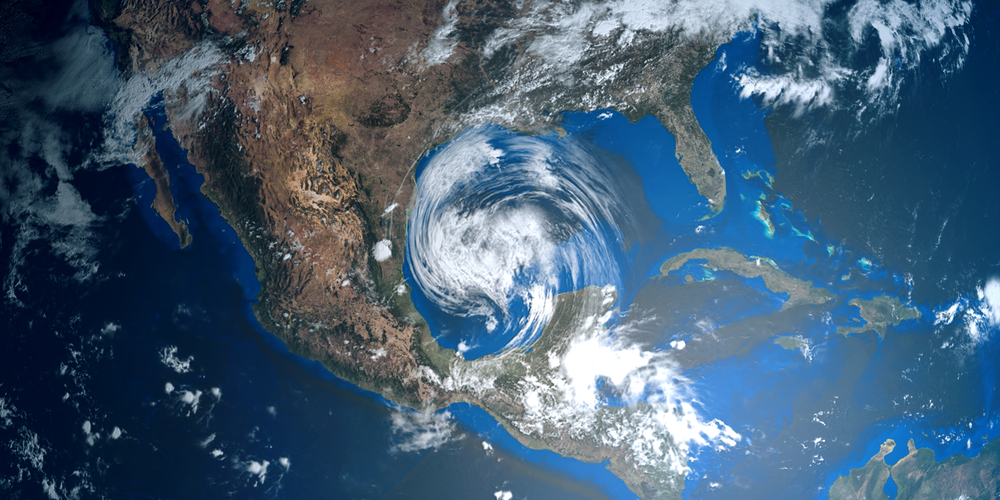
How Hurricanes Launched the Drone Industry
Last year was a devastating year for many people along the Gulf Coast due to Hurricanes Irma and Harvey. Quick response efforts following storms of this magnitude are critical as insurance companies rely on accurate data to better serve their clients and provide relief in times of immense stress.
Some insurance companies incorporated drones to help manage some of the claims because of the speed and safety that the technology provides. Although the insurance industry has been using drones sporadically for several years, it wasn’t until last year that truly widespread drone integration was successfully implemented.
DataWing was able to assist several Top-10 carriers with over 1500 claims in September and October using drone flights in Texas, Florida, and Georgia. The average time on location is 42 minutes but can be as quick as 20 minutes, and in most cases the data turnaround time is 24 hours. This quick-turn of information enables the adjustor to complete more claims faster, resulting in quicker payments for homeowners, so they can start rebuilding. The insurance companies that succeeded at this process were prepared before the storms by using the following best practices:
They use experts – Whether you are planning on outsourcing or insourcing your drone services, you need experts to help facilitate the building of your program. Analogous to independent adjustor firms, some drone service providers can be called upon to perform all the field service work or augment your teams in times of high demand. Whoever is working for you must have the experience and training needed to successfully interact with property owners and collect the necessary data to complete a full claim.
They know how to work with the FAA – During natural disasters it is not uncommon to see temporary flight restrictions that limit the use of an aircraft. Additionally, the FAA also has many rules protecting other areas of “controlled” airspace that must be followed. Preparation ahead of time will help organizations know the correct procedures for communicating with the FAA to request special exception to fly in these areas. Last year, the FAA granted 269 authorizations following the hurricanes, which illustrates the FAA’s willingness to work with commercial drone organizations who are committed to doing it the right way.
They trained for the event - Most companies have the CAT response down, but when it comes to integrating drones into routine operations it is worth starting the preparations months ahead of time. If you want your teams ready to review drone-collected data then you need to identify your operational objectives and processes now because once the storms hit, it will be harder to establish a workflow. To maximize the value of drone-enabled operations you need to plan out and practice each possible storm scenario.
When disaster strikes, the most important thing to do is to take care of property owners’ needs safely and efficiently. Drone technology offers insurers an opportunity to maximize the customer experience, the events following Harvey and Irma proved that these services are ready to scale today. Spring time is right around the corner! There will be a lot of drones flying over properties providing insurers a great opportunity for organizations to take advantage of the power of drones.